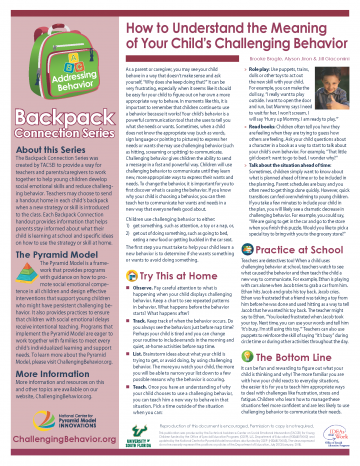Developmentally Appropriate Practice
An effective teacher or family child care provider chooses a strategy to fit a particular situation. It’s important to consider what the children already know and can do and the learning goals for the specific situation. By remaining flexible and observant, we can determine which strategy may be most effective. Often, if one strategy doesn’t work, another will.
These 10 Effective DAP Strategies from NAEYC will help you implement Developmentally Appropriate Practice.
- Acknowledge what children say or do.
- Encourage persistence and effort rather than just praising and evaluating what the child has done.
- Give specific feedback rather than general comments.
- Model attitudes, ways of approaching problems, and behavior toward others, showing children rather than just telling them.
- Demonstrate the correct way to do something.
- Create or add challenge so that a task goes a bit beyond what the children can already do.
- Ask questions that provoke children’s thinking.
- Give assistance (such as a cue or hint) to help children work on the edge of their current competence.
- Provide information, directly giving children facts, verbal labels, and other information.
- Give directions for children’s action or behavior.
The Backpack Connection
The Backpack Connection Series was created by TACSEI to provide a way for ECE professionals and families to work together to help young children develop social emotional skills and reduce challenging behavior. These handouts are a great resource for any ECE professional who needs help communicating with families about challenging behaviors.

